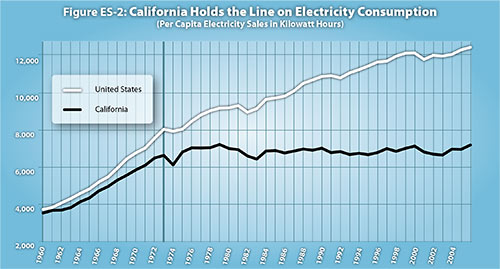By Elizabeth Titus | Tue, February 7, 17
The energy efficiency industry and the world lost a parent, a gifted scientist, and a change-agent last week, with the passing of Dr. Art Rosenfeld.
We take this opportunity to celebrate his life and contributions, and to express our personal as well as professional appreciation for this wonderful and influential member of the energy efficiency family.
NEEP, whose mission embraces the advancement of energy efficiency and carbon reduction through market transformation, is proud to continue blazing a trail that Dr. Rosenfeld started us on many decades ago.
Dr. Arthur H. Rosenfeld, born in 1926, was raised by parents who taught him to turn the lights off and who drove small cars. He became a physics professor working in the Radiation Lab at UC Berkeley when, during the Arab oil embargo of 1973, a proverbial light went on (in his head) about the value of energy conservation. By 1975, he created the Energy Efficient Buildings Program (later renamed the Center for Building Science) at Lawrence Berkeley National Laboratory and set about studying how making appliances like refrigerators and air-conditioners more efficient could cut energy use significantly and save billions of dollars. The rest, as they say, is history.
Here are just some of Dr. Rosenfeld’s contributions:
Rosenfeld’s Law
The cheaper cost of higher efficiency is the premise behind Rosenfeld's Law. He believed that reasonable standards for energy efficiency in numerous appliances could guarantee a drastic reduction in energy consumption.
The Rosenfeld Effect
This is not a scientific phenomena, but an empirical fact that electricity use per capits in California has been almost flat from 1973 to 2006, whereas use in the United States has risen 50%.[1] The effect is attributed to energy efficiency. The Rosenfeld Effect is often associated with the following two charts:
- Energy per capita vs time, comparing the US and California
- Estimated energy savings in California from efficiency standards and programs
The purpose behind the Rosenfeld Effect was not only to set an example in high efficiency standards, but also to curb the threat of carbon emissions which lead to greenhouse gases and thus further the threat of global warming.
The Rosenfeld Curve
The curve below shows the success of energy efficiency in reducing electricity consumption in California (the black line in the graph below and in the 2007 California Integrated Energy Policy Report) relative to the United States overall.

Dr. Rosenfeld's work promoted research and development of new technologies, utility regulatory policy, and third-party evaluation. He motivated others around the world to conserve energy and received bipartisan recognition from across the country.
 In 2006, President George W. Bush awarded Dr. Rosenfeld the Enrico Fermi Award, one of the nation’s top science honors. President Barack Obama presented him with the National Medal of Technology & Innovation in 2011. Last year, Dr. Rosenfeld received the Tang Prize, a recently-established Taiwanese award sometimes referred to as Asia’s version of the Nobel.
In 2006, President George W. Bush awarded Dr. Rosenfeld the Enrico Fermi Award, one of the nation’s top science honors. President Barack Obama presented him with the National Medal of Technology & Innovation in 2011. Last year, Dr. Rosenfeld received the Tang Prize, a recently-established Taiwanese award sometimes referred to as Asia’s version of the Nobel.
One of Dr. Rosenfeld’s many gifts was communicating, and those who had the opportunity to hear him speak remember his ability to deliver the important message of energy efficiency in plain and simple terms that could get decision-makers moving.